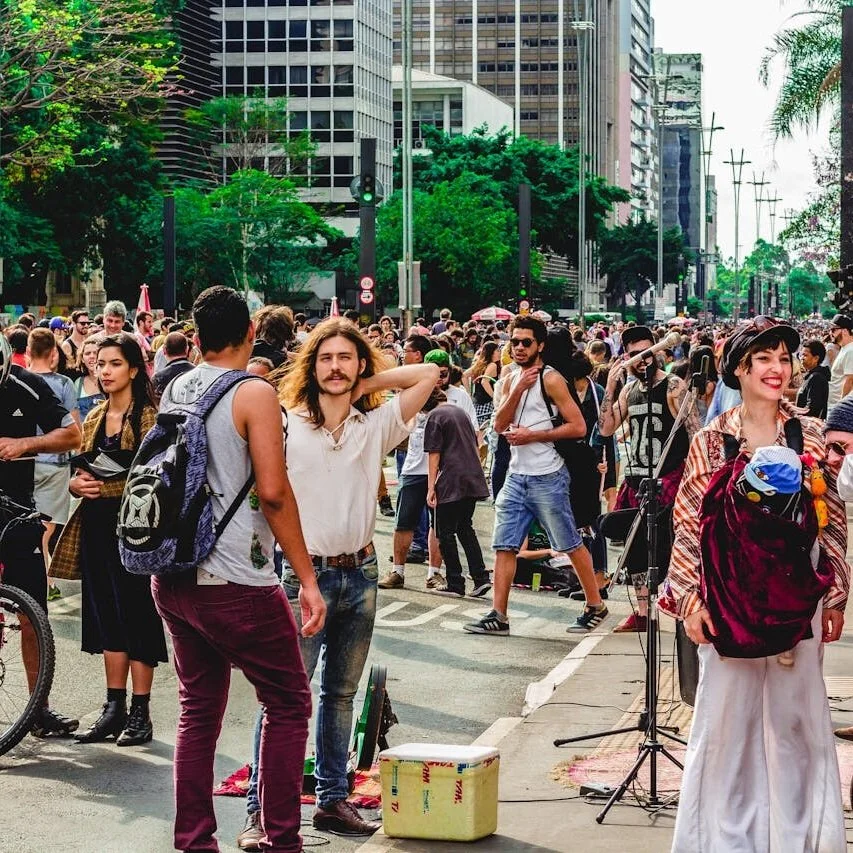Baixa - born from the rubble of Portugal's historic earthquake.
“The Baixa district is the magnificent heart of Lisbon. It is full of character, a vibrant area with busy shopping streets, restaurants, grand plazas, classical ‘Pombaline’ style buildings, and when the sun goes down, lively nightlife.”
While today Baixa has a majestic appearance, its grandness hides a devastating history. In November, 1755, Portugal was hit by a powerful earthquake, reducing Baixa to rubble and killing thousands of people. Its rebuilding was led by the Marquis of Pombal, who designed the first grid city layout in the world, and the neo-classical ‘Pombaline’ style buildings are named after him.
Today Baixa is a wonderful mixture of history, traditional Portuguese culture and modern tourism, where tourists mingle with locals, and different nationalities come together to enjoy life, especially in the evenings.
Traditional seafood restaurants, galleries, cafes, among them Lisbon’s oldest, and souvenir shops, line pedestrian streets intermingled with squares. One is Praça do Comércio, considered Lisbon’s grandest squares, faces the river and was once home to the royal palace, The palace was completely destroyed in the 1755 earthquake, and now now has a triumphal arch, and at the center is a monument to the king who reigned at the time of the disaster.
The street names echo what they were once known for - Rua do Ouro (the “Street of Gold”) for goldsmiths, Rua da Prata (“Silver Street”) for jewelers, Rua dos Sapateiros (“Shoemakers Street”), and others although, of course, the businesses that occupy them today are quite different.
Baixa is also home to Lisbon’s main tourist office and several museums including the National Museum of Contemporary Art in the upscale Chiado area, featuring Portuguese art from the mid-1800s to today.
A unique feature is the 1902 built cast-iron Elevador de Santa Justa, a giant elevator designed by an apprentice of Gustave Eiffel. The elevator climbs 150 feet to Carmo Square, linking Baixa (the "low town") with Bairro Alto (the "high town"). If you visit in summer, you can expect long lines, if you don't have a pre-purchased ticket or the city’s metro card.
To get a contrast of what Lisbon was like prior and after the 1755 earthquake, visit Alfama which for some unexplained reason survived the earthquake, either prior or after your visit to Baixa.



























